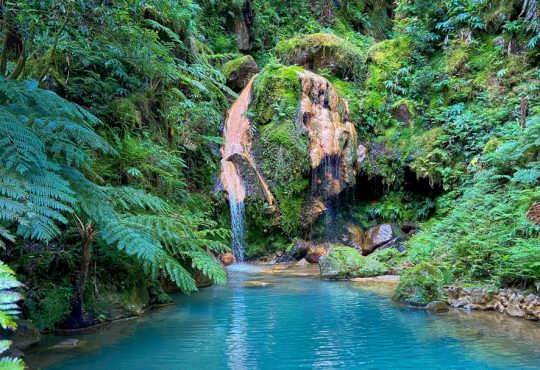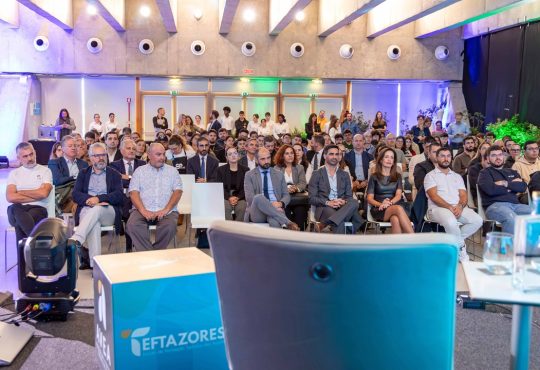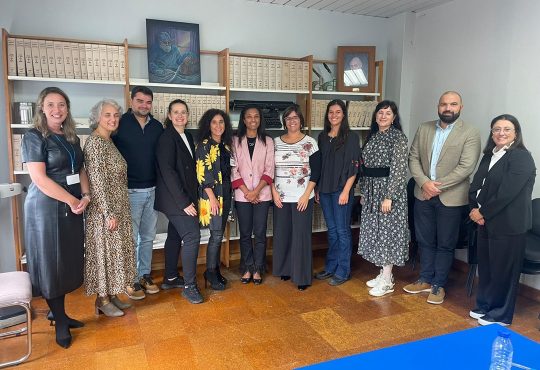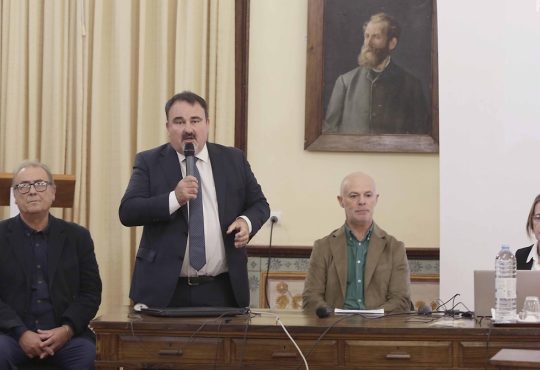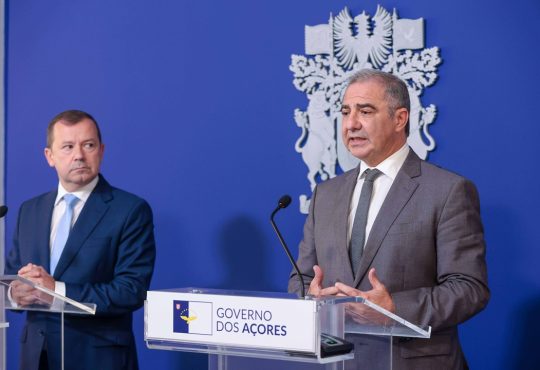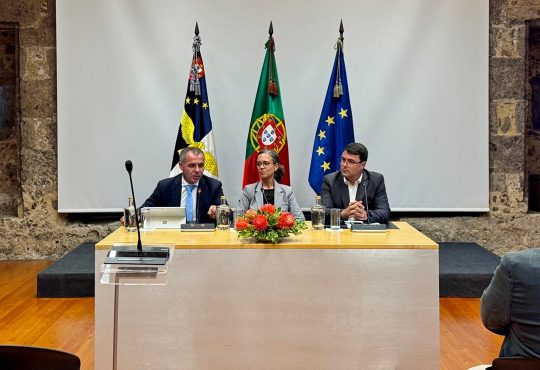CALHETA | Alonso Miguel opens recovery and remodelling works of Fajã de Santo Cristo Traditional Trails
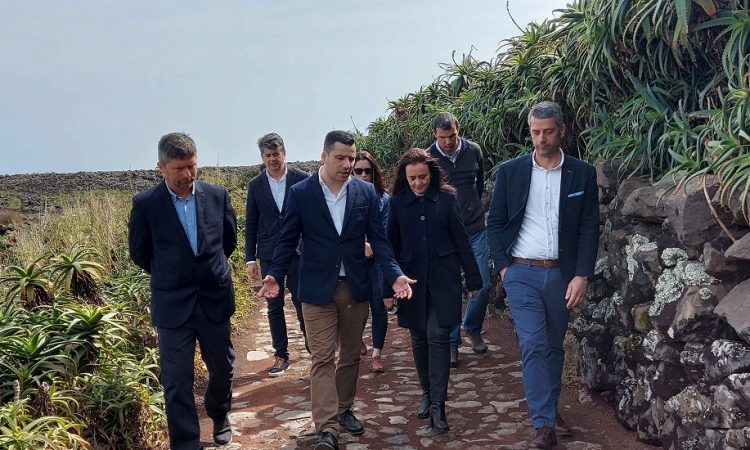
The Regional Secretary for the Environment and Climate Change, Alonso Miguel, chaired Tuesday the opening ceremony of the Recovery and Renovation Works of the Traditional Trails of Fajã de Santo Cristo, São Jorge Island.
“The Caldeira de Santo Cristo is one of the highlights of our Region. A truly special place, with a stunning landscape setting, marked by singular geomorphology, with an enormous wealth of rare habitats, endemic vegetation as well as local and migratory birdlife,” said the government official on the occasion.
“Given the extraordinary natural, landscape and cultural values found in Fajã de Santo Cristo, it is no wonder that it is targeted by different protection instruments. It is now classified as a Protected Landscape Area, within the São Jorge Island Nature Park, a Special Area of Conservation within the Natura 2000 Network, a RAMSAR site and one of the 13 internationally important wetlands in the Region, in addition to being a priority geosite of national and international importance within the Azores Geopark. Furthermore, it is a core element of the Fajãs de São Jorge Biosphere Reserve, which recently celebrated its seventh anniversary,” he added.
The Regional Secretary for the Environment and Climate Change highlighted that “given the uniqueness of this place, it is expected that it is increasingly sought after by visitors. In this context, it is essential to find a balance between socio-economic development and the need to preserve its ecosystems and natural values, so that the community can continue to benefit from this treasure, safeguarding its sustainability.”
“This is precisely the purpose of these infrastructures that we opened today: to improve the quality of the existing trails in this Fajã as well as to ensure the full enjoyment and well-being of residents and visitors,” he said.
As part of this project, a total of seven traditional trails in Fajã de Santo Cristo were recovered and upgraded, covering an overall extension of about 2,200 m and an area of 4,400 m2.
Considering the local characteristics, priority was given to paving the trails with regional stone pavement, in basalt, using traditional techniques, so as to promote effective infiltration and runoff of rainwater to lower elevations and adjacent lands, thereby ensuring the stability and integrity of the pavement and the land adjacent to these interventions.
According to the Regional Secretary, “this project represents an investment of about 275 thousand Euros made by the Regional Government and implemented by the Calheta City Council under an ARAAL contract, fulfilling a long-standing expectation of the community by improving the conditions of this space, always in a responsible manner and in line with environmental sustainability guidelines.”
Alonso Miguel also added that “this intervention also represents the implementation of one more of the measures set out in the Management Plan for the Fajãs da Caldeira de Santo Cristo and Fajã dos Cubres. It aimed to promote effective measures to ensure a more rational management in the use of space and resources, providing these territorial units with a series of infrastructures designed to improve conditions for residents, landowners and visitors.”
GRA/RÁDIOILHÉU



